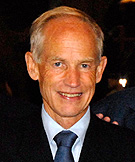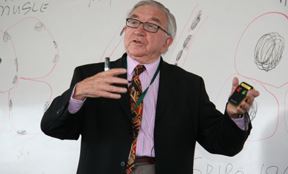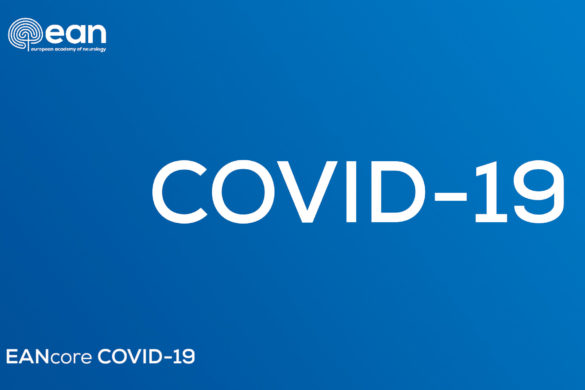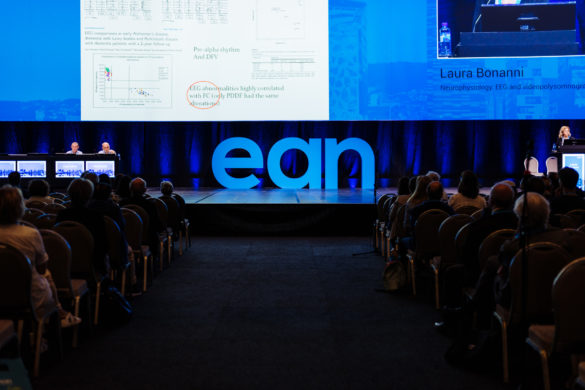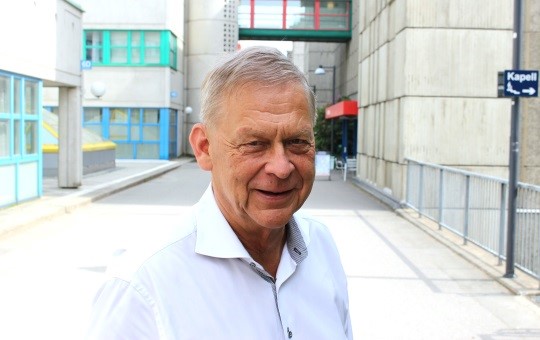Pain – the unpleasant sensory and emotional experience associated with tissue damage – is usually not considered to be a neurological sub-disciplines like for example cerebrovascular diseases, demyelinating disorders, neururomuscular diseases, movement disorders, epilepsy, headache and clinical neurophysiology. Pain has for many years been a neglected research area and neurologists in Europe including Denmark has until a few decades ago demonstrated an astonishingly low interest in pain as a neurological scientific discipline. This is surprising as pain has all the elements that should interest all neurologist: it is common in many neurological disorders; it has a fascinating neurobiology and neuroplastic changes in the nociceptive system are prominent. In fact for no other symptom is the neuroplasticity presented more vividly as for pain when a lesion or a disease affects the nervous system.
In the 19th and beginning of the 20th century pain constituted an important research topic for key neurologists and neuroscientists on the international scientific scene, e.g. Dejerine in France, Foerster in Germany, Sherrington and Head in UK and Weir Mitchell in US. This initial interest by neuroscientists was followed by a long-lasting silence until the middle of the 20th century when the neuroscientist Patrick D. Wall at the University College in London together with clinicians opened up for an entirely new way to see pain: The classical Cartesian description of pain as a static “hard-wired” system where noxious input passively is transmitted to the brain was now substituted by a dynamic signaling network. This concept was rapidly nourished by the identification of opioid receptors in the brain and endogenous opioid peptides that could alter the perception of noxious stimuli.
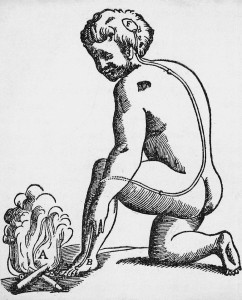 The processing of noxious stimuli and the perception of pain as described by René Descartes in 1649 and published in “Les Passions de L’ame”
The processing of noxious stimuli and the perception of pain as described by René Descartes in 1649 and published in “Les Passions de L’ame”
Inspired by Patrick D. Wall and by the Danish Neurosurgeon Peter Rasmussen I got interested in the physiology of pain. However, without any previous tradition for physiological and experimental pain studies in Denmark it was necessary to move abroad and I had the chance to work with prof Tony L. Yaksh at that time at the Mayo Clinic in Rochester, MN, USA and contribute to the fascinating story about pain modulating networks including those mediated by endogenous opioid and monoaminergic systems. Subsequently others e.g. Prof. Flemming W. Bach joined and discovered how beta-endorphin can modify pain. But in order to understand the mechanisms of pain in humans and in patients it was necessary to develop methods to quantify pain. Via collaboration with Prof Ulf Lindblom at the Dept of Neurology Karolinska Institute in Stockholm we began investigating patients with different types of neurological disorders. Together with Prof. Søren H. Sindrup, also neurologist, in Odense we developed a productive collaborative network studying painful neurological disorders in particular painful neuropathies. A large number of PhD students, who later became consultants in neurology or clinical neurophysiology finished their PhD degrees by studying the processing of noxious stimuli in health and neurological disease and also how the pain experience can be treated for example neuro-pharmacologically.
But pain was not a sub-discipline only for neurologists. Anesthesiologists, dentists, psychologists, engineers etc. joined to study pain under physiological and pathophysiological conditions. It has been gratifying to witness how research in pain has been able to expand beyond the classical medical disciplines in Denmark. Today important research groups have developed around key scientist from different disciplines such as the surgeon Henrik Kehlet in Copenhagen, the engineer Lars Arendt-Nielsen in Aalborg, the dentist Peter Svensson and clinical researcher Nanna Finnerup in Aarhus together with the above mentioned neurologist in Odense and Aarhus to move the area ahead. Neurological pain research has now also expanded to the international scene so that there is now close collaboration between other neurologists in Germany, Sweden, Norway, France, Italy, UK and US on pain in various neurological conditions. It is indeed rewarding to witness that despite its small size Denmark is currently one of the most active contributing countries in the world to pain research.
Troels Staehelin Jensen is professor of Neurology at Department of Neurology, Aarhus University Hospital and Director of Danish Pain Research Center and of The International Diabetic Neuropathy Center at Aarhus University, Denmark.

